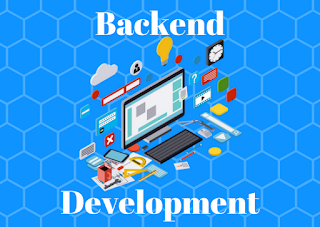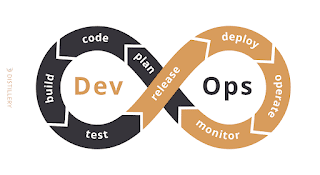The Power of Document Submission: Streamlining Information Sharing and Collaboration

The Power of Document Submission: Streamlining Information Sharing and Collaboration In today's digital age, document submission has become an integral part of efficient information management and collaboration. By submitting documents to the right platforms and channels, businesses can streamline their operations, enhance productivity, and foster seamless communication. In this article, we will explore the benefits of document submission and how it can revolutionize the way you share, store, and collaborate on important files. 1. Simplified Information Sharing: Document submission allows individuals and organizations to easily share files with colleagues, clients, and stakeholders. Instead of relying on traditional methods such as physical mail or email attachments, document submission platforms provide a centralized and secure way to share information instantly. Whether it's contracts, proposals, or project reports, submitting documents digitally eliminates the need for cum...















